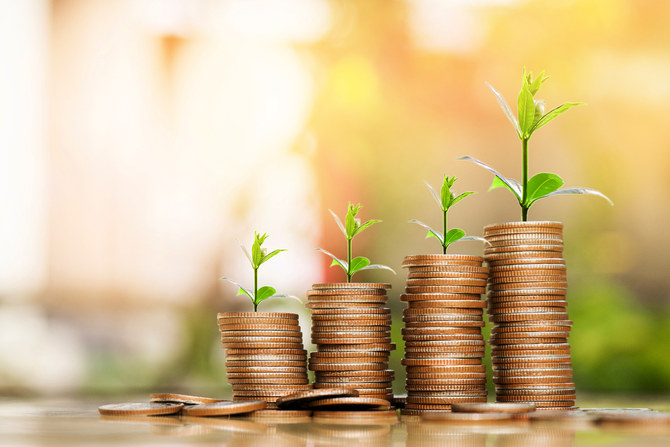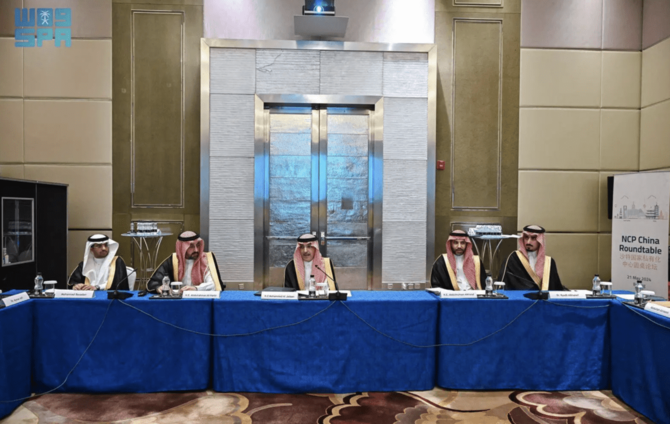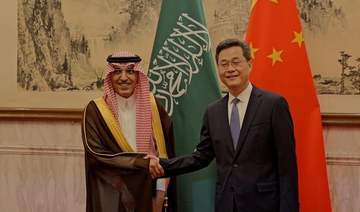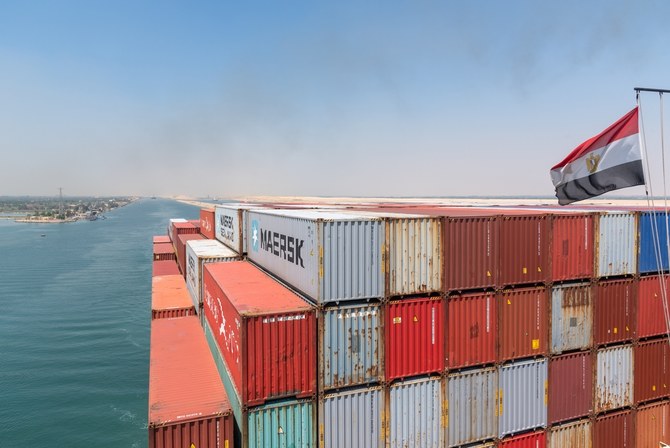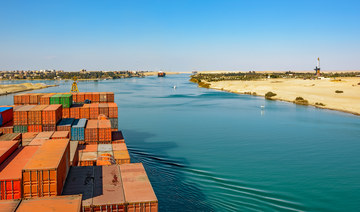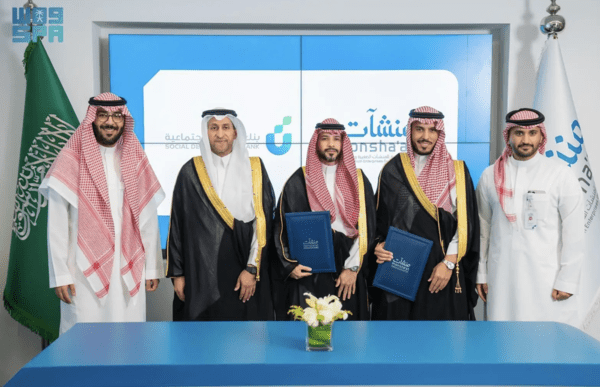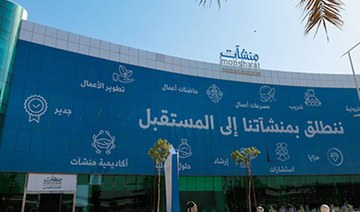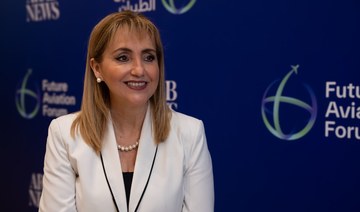RIYADH: Saudi Arabia has climbed nine spots to rank 41 on a global tourism index – marking the Gulf region’s largest improvement – thanks to its strengthening infrastructure, corporate presence, and major business centers.
According to the World Economic Forum’s Travel & Tourism Development Index report, Saudi Arabia has recorded the most significant improvement in the Middle East and North Africa region since 2019.
The WEF’s TTDI, covering 119 economies, measures the set of factors and policies enabling the sustainable and resilient development of the tourism and travel sector, which, in turn, contributes to a country’s development.
The report highlighted that the tourism sector in high-income economies within the region, particularly the Gulf Cooperation Council, benefited from several factors. These included high-quality infrastructure, such as major aviation hubs and leading airlines, the presence of large corporations and significant business centers driving travel activities, and a favorable business environment.
“In part, these efforts are reflected in broad increases in government T&T spending as a share of budgets, loosened visa requirements, improvements in the establishment and promotion of cultural resources, and the highest regional average for T&T capital spending per employee in the index,” the report added.
In the index, the UAE stands out as the top performer in the region overall and the Middle East subregion, ranking 18th. Meanwhile, Egypt, with a ranking of 61st, stands out as the top scorer in the North Africa subregion, the report revealed.
The US, Spain, and Japan hold the top three positions in the index with no change in ranking from 2019. Meanwhile, France and Australia have climbed two ranks each from 2019 to secure the fourth and fifth positions. Germany and the UK also feature in the top 10 but with a minor fall in their positions to sixth and seventh in 2024 compared to 2019. China, Italy, and Switzerland hold the remaining three positions in the top 10.
The WEF findings also pointed out that travel and tourism activities in developing economies in the region often face challenges, including less attractive business environments, safety and security concerns, and gaps in the necessary transport and tourism infrastructure.
Furthermore, many countries in the region have implemented policies and invested substantial resources to develop the tourism and travel sector. This effort aims to diversify their economies and reduce dependency on the oil and gas industry, according to the report.
Saudi Arabia is set to unveil a new tourism strategy later this year, leveraging artificial intelligence and seamless technology, Gloria Guevara Manzo, chief special adviser at the Ministry of Tourism, told Arab News on the sidelines of the Future Aviation Forum.
She added that the plan aims to enhance the Kingdom’s cultural, historical, and hospitality assets.
In 2023, Saudi Arabia’s travel sector surpassed expectations, prompting a revision of its Vision 2030 targets from 100 million to 150 million visits by 2030.
Additionally, the Kingdom has introduced regulatory changes, such as the “Visiting Investor” visa and the expansion of the GCC unified visa service, to attract more international visitors and investors.
Major projects like NEOM, Riyadh Air, and the Red Sea Project are central to these efforts, aiming to make tourism a significant revenue source by 2030.
The WEF also noted that the tourism and travel sector in the region would benefit from reducing travel and trade restrictions and making significant investments in environmental sustainability to support future improvements in natural resources.
However, it warned that the recent escalation of regional conflicts and the resultant increase in safety and security concerns pose a major external risk to future tourism development.






